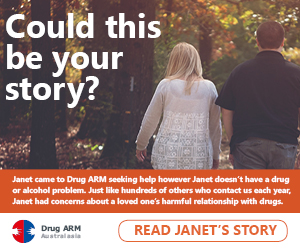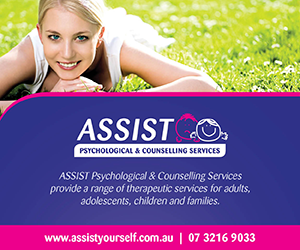Bec Dickson lives alone and loves it.
“The best thing about it is you don’t have to consider anybody else but yourself,” she says. “You don’t have to worry about being a clean freak, like I am, or if you’re a messy person.
“You can have so much freedom.”
But not all people living solo are as content as Dickson. As the number of Australians living alone soars, so too does the number who report feeling lonely and dissatisfied with their life.
New research from the Australian Institute of Family Studies shows that 26 per cent of people living alone reported feeling lonely often, compared to 16 per cent of people living with others.
Men reported feeling more lonely than women.
And 25 per cent of people living alone rated their physical health as below average, compared to 17 per cent of those living with other people. There was no reported difference in mental health.
On the upside, solo women and men are much more likely to see friends and family several times a week compared to couples or families.
The study was based on data from two surveys: Household Income and Labour Dynamics In Australia and Living Alone In Australia.
Senior Research Fellow, Professor David de Vaus, says part of the reason for the discrepancy between solo households and couples or families is that people living alone often feel a lower sense of having social support.
“People experience living alone differently,” he says. “Some people value the independence and autonomy that living alone gives them, while others may find the use of social media helps to keep them in touch with others.”
Ms Dickson, 37, says she’s learnt to love to her own company and is self-sufficient in most things. She thinks all adults should live on their own for at least six months, once in their life.
“Just to learn who they are, what they want, and how to entertain themselves.”
She says the stereotype of single people being sad is misguided and ignores the fact that, for many people including herself, living alone is a choice.
Solo households have grown during the past 30 years, from 20 per cent of all households in the 1980s, to one in four households today.
That number is expected to further increase, partly because of the country’s ageing population but also because more people will be financially independent. The Australian Bureau of Statistics predicts that by 2036 there will be an extra one million Australians living on their own.
This article first appeared on ‘The Age’ on 14 December 2015.























